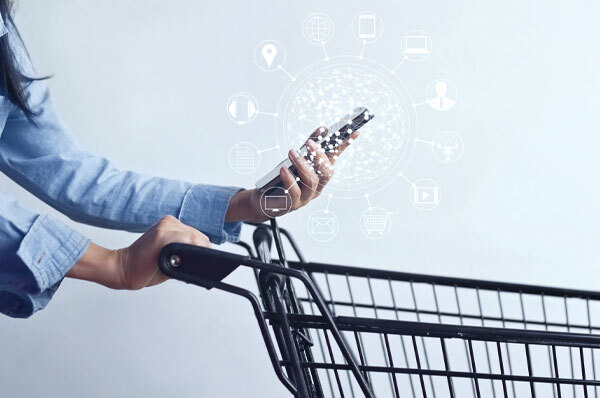From Omnichannel to Seamlessness 2.0
Good omnichannel retail today recognizes that all your sales, marketing, and communication channels should work together. This is often in simple, but valuable ways such as customers placing an order online and collecting it in-store, or customers checking live stock availability in a store online before they visit.
Going beyond this is understanding that every interaction is an opportunity to learn about customers and inform their experience. This requires retailers to upgrade, evolve, and add emerging channels to create the next level of seamless retailing.
Those that understand that omnichannel is an ongoing journey are better placed to achieve this. To create truly seamless retail, you need to put it at the heart of how your business is organized and the technologies that you invest in.
Your Retail Channels Should Be Changing
Within this, you need to stop thinking of your retail channels as separate and static things. There is no need to stick to a rigid view of what they can be and do.
We can see this clearly in the evolution of the store. With the rise of e-commerce, we no longer need physical retail to function as large warehouses of stock. This means that the benefits of this channel – such as immediacy, sensory engagement, and human interaction – can be explored and exploited in different ways.
This might be through pop-up spaces, micro-stores, and service-focused spaces. Brands from Nordstrom to IKEA have demonstrated the value in reimagining the use cases of their stores.
Channels can also be upgraded as we have seen through the rise of shoppable live streams which have changed the way we buy through social media, apps, and websites. Augmented reality and QR codes are just two ways that channels such as billboards and packaging can be upgraded by enabling customers to unlock additional content, information, and experiences.
New channels are also emerging that will influence retail seamlessness 2.0. Virtual reality is one. The metaverse is another. Connected products are also blending channels by unlocking new benefits for customers.
Your omnichannel strategy must give you the flexibility to evolve and upgrade channels and bring in new ones as they emerge because seamless retail is not going away. It’s just entering its next phase.
Discover the four other big areas your retail business should be focusing on in our new checklist. Download your copy here.










